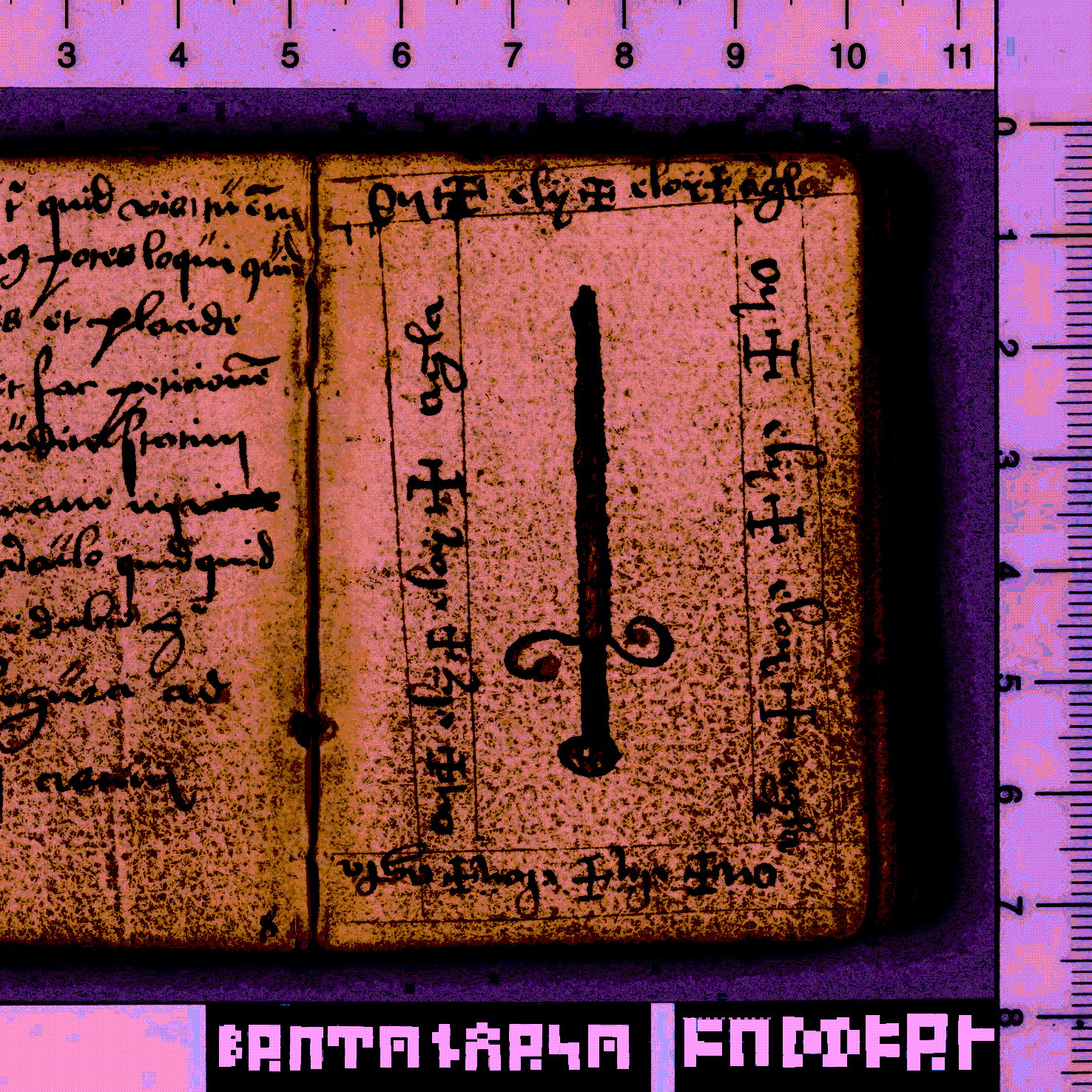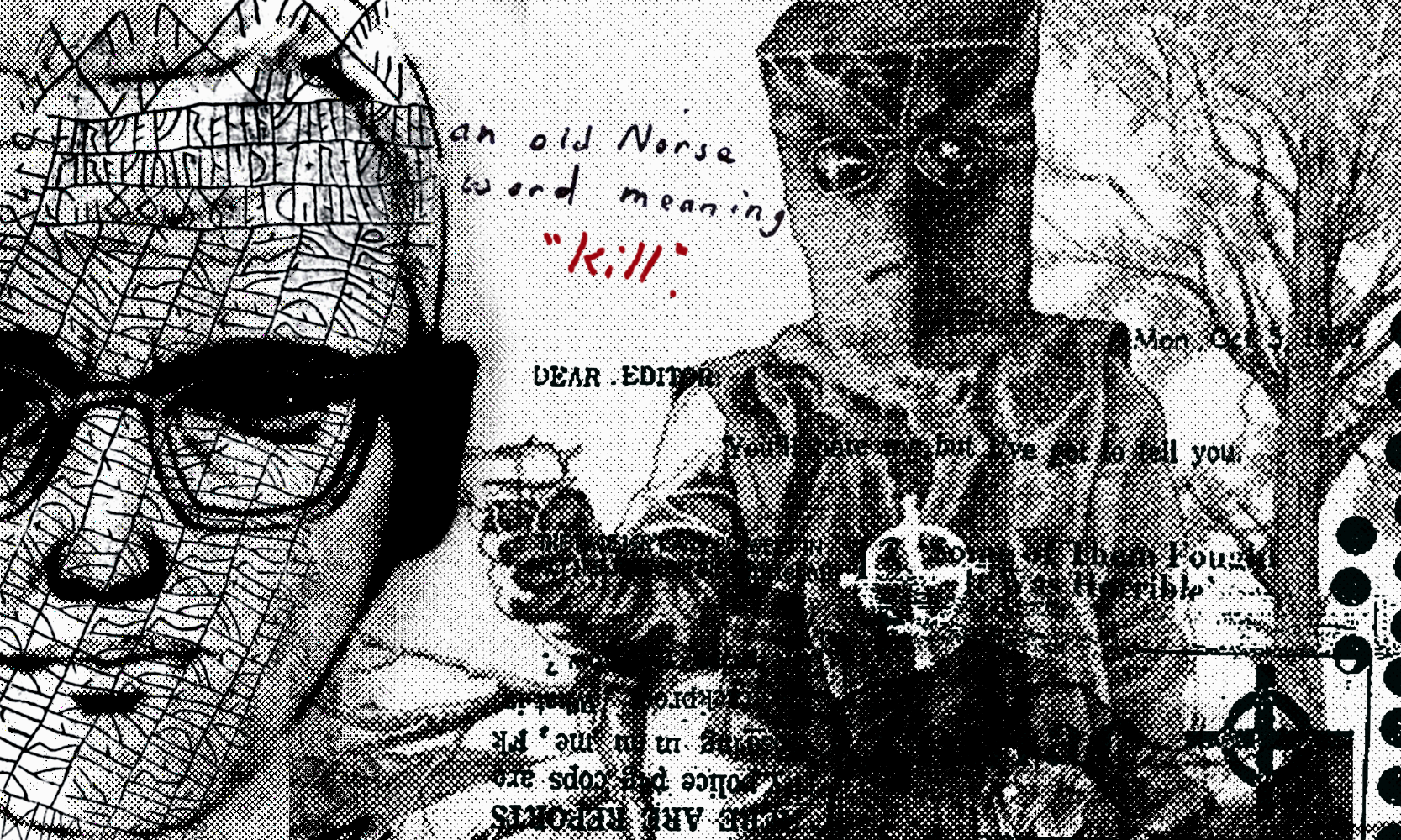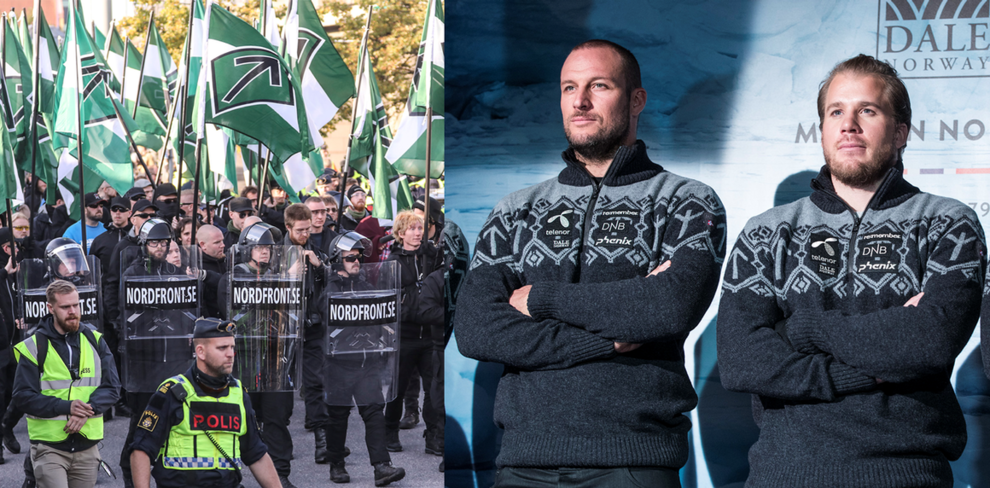So it seems I've taken it upon myself to become a sort of cultural historical watchdog. It's a filthy job, but somebody has to do it. The latest piece of historical misery comes to us in the form of a bizarre retraction on part of Dale Garn who, among other things, designs and supplies knitting patterns used by the Norwegian Alpine Ski Team.
You see, Dale Garn - which is not to be confused with Dale of Norway, but is owned by House of Yarn, who is our main villain - decided to pull back a specific line of sweaters for the basic non-offense of having a runic design, in light of a recent spike in activity on part of a radical neo-nazi organization called The Nordic Resistance Movement. The sweaters would have been used as representational garments for the 2018 winter Olympics. Alas, no more, as Dale stated they did not want to support or be affiliated with a far-right organization. By doing so, that is exactly what happened.
By opting for a clumsy, cowardly approach they have done more than anybody else to give credence and monopoly to the organization they claim to detest. Fleeing with their tails between their legs, abandoning the heritage they claim to protect and cherish. Mind you, the popular sweater company Dale of Norway still sell the sweater (last time I checked, this sweater was even sold at Scandinavia House in NYC), and are as previously mentioned not to be confused with their sister company. All hail Dale of Norway.
The scandal was somewhat fueled by one of our nation's tabloids, VG, from whom I snatched the picture above (thank you Gisle Oddstad, VG / Terje Pedersen, NTB Scanpix, who own all rights to it etc.). VG's editor and the journalists Kristian Aaser and Martha Holmes demonstrate a worrying lack of source criticism and literacy when they refer to the algiz/maðr rune under the recent, anachronistic name "leben". 24 extra points for incompetency, VG, one for each rune in the elder futhark. You had one job. All in all, it's amazing that this piece of journalistic garbage made it past at least three people before it was published.
Associate professor Terje Spurkland, while being praiseworthy for his excellent and lively publications on the runes, also handled this in a way that disappointed more people than myself, as he was quoted by VG saying, ahem:
These runic letters should not have been on the sweaters. The Nazis used them in an unhistorical way, and today this is associated with Nazism.
Way to piss all over his own work and legacy. I would have expected something less ignorant from such an authority.
While it is certainly true that NRM applies the tiwaz/týr rune their emblem, it fails to explain Dale's decision, unless they are of the opinion that runes overall are too filfthy to be touched. I reckon they should do what everybody else does: They should rise above. At the very least they could have redone the design. Instead they issued a drastic statement, urging customers to delete, return, or destroy any promotional materials, books, pamphlets, posters, patterns and recipes associated with the sweater.
This means that if you happen to have the pattern for Dale Garn's Tor/Tora line of sweaters, you're probably in for a decent buck on ebay. Thank me later. I happened upon a short statement form House of Yarn, the owners of Dale Garn, who had this to say when confronted by a member of the public, translated by myself:
For House of Yarn it was an important and right decision to pull this design, back in August this year. The reason is easy to understand, and we do not wish to be taken in support of the dark forces that spread across the land, Europe, and the West in general. I'm sure you wouldn't knit a swastika pattern? It's the same issue with the tyr- and leben [sic] rune. We hope you find other designs and recipes with a much more positive message.
Well I'm glad we cleared that up. Dale Garn thinks that runes are not conductive to a positive message.
Here's a history lesson: Runes are an entirely unique epigraphic system of writing used since the 2nd century AD, which despite all odds survived in certain areas as far up as until the 19th century. Runes are a cherished cultural expression, and and invaluable keepsake of Nordic culture. Within their origins and development, there lies hidden a fascinating story of cultural innovation and adaption in our ancient past. National Socialist usage is a brief second in the history of the runes. A speck of dust, a footnote. It is also worth mentioning, because it is often overlooked, that while Hitler suckled at the teat of national revivalism, he looked to Rome, not Germania, as his favored model for the Third Reich. The Norwegian police still keep the fasces in their insignia, across New York it adorns everything from granite columns to door handles, and nobody seems to give a shit. Putting Norse heritage through this sort of scrutiny is a convenient scapegoat, and nothing else. It was always the odd man out, never quite accepted in polite society. Whoever might wish to marginalize our heritage further have a great ally in Dale Garn, who hands it to them on a silver platter.
I'm not going to tell you, dear reader, what to do or what to think in this matter. I'm an absolutist when it comes to freedom of thought. It's Dale's total lack of integrity, and disregard for heritage that bothers me. I don't even care about their tacky sweater. It's Dale's privilege to do as they please with their business, but it's our privilege to take our business elsewhere. Why not support a small, local yarn business that needs your money instead?
Dale Garn can afford to lose me as a customer. I don't even knit. What they cannot afford is their loss of reputation as an ambassador of Norwegian culture. They have demonstrated that they are undeserving of such an honor, by pissing all over the Dale legacy.
At the end of the day, Dale Garn's choice is all about making money and keeping customers. Let's see if they made the right decision.
If you enjoyed this article, please consider supporting me on Patreon. Pledge as much or as little as you like: The more support I get, the better and more varied content I can create, and all the more give back to you. Otherwise, you can help by sharing this article or leaving feedback.


















